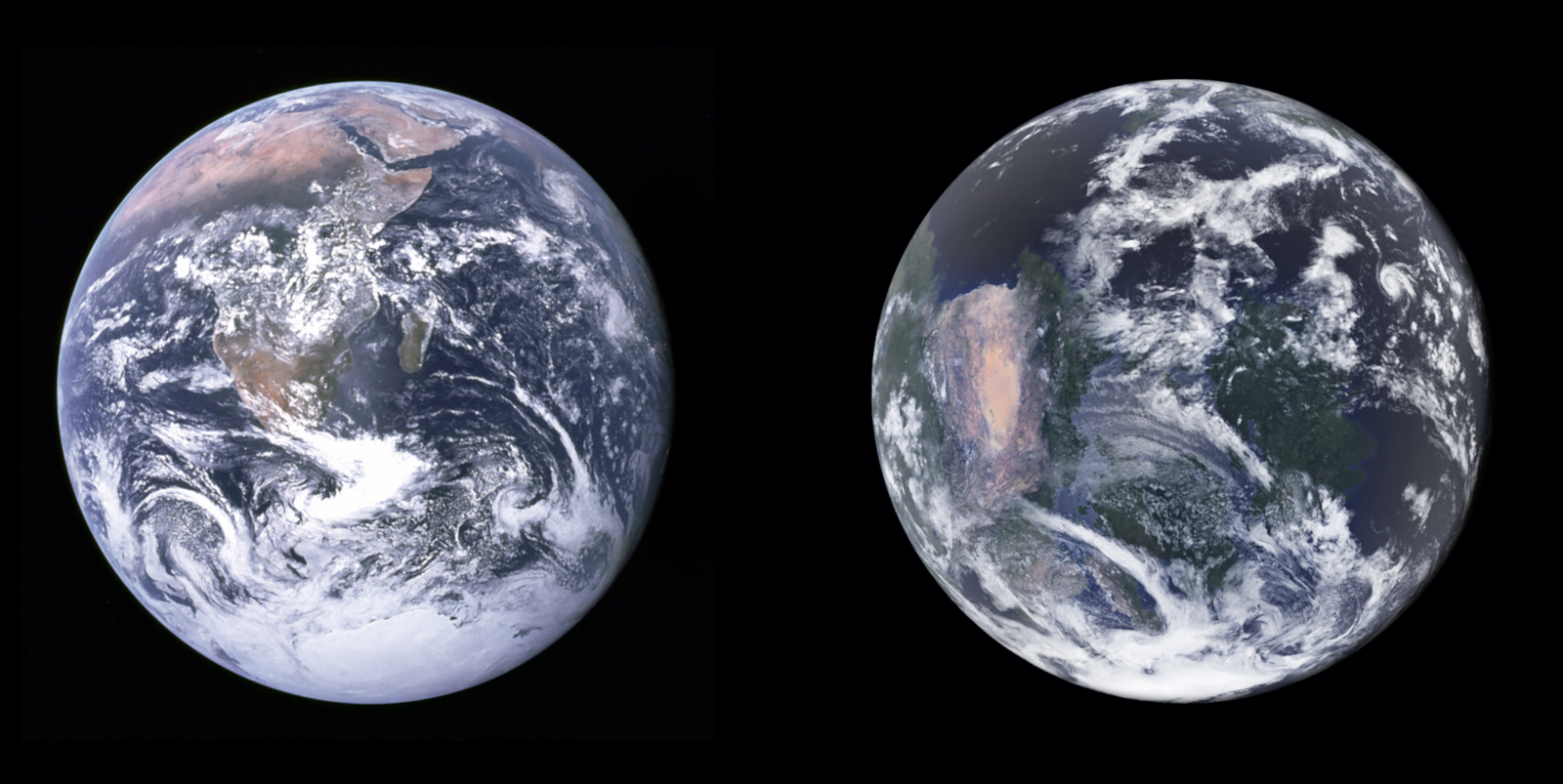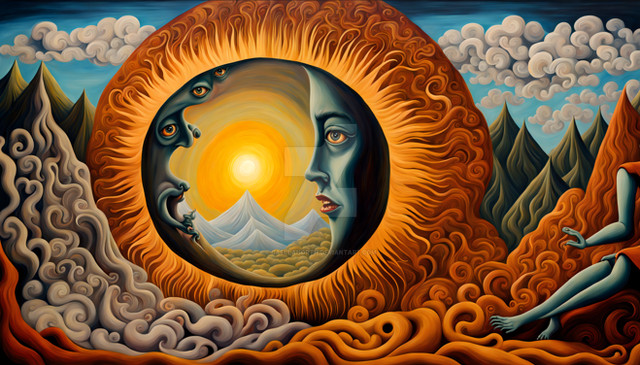HOME | DD
 Dragonthunders — TFiF: Explanation about this future geography
Dragonthunders — TFiF: Explanation about this future geography

Published: 2016-08-25 23:00:41 +0000 UTC; Views: 11026; Favourites: 62; Downloads: 15
Redirect to original
Description
A blue marble among the times
I must say that first of all, although I have tried to base the continental drift with the information and data as accurately as possible, there will probably be a number of inconsistencies and errors, even in the first few million years.
The reasons for this, first, that although they have based most of this model in one of the theories of future continental drift, I had also taken the trouble to modify and even create my own ideas about how continents would move. This is remarkable with some continents including Antarctica, which is speculated to or remain at the South Pole or move towards the same direction as Australia, or about the east of Africa would have the chance or no to split away for the rift valley and form a new sea. This is supposed to be the “creative” part of the project as initially wanted to give a little more variety, and try to stay as little as possible to the typical direction of the models of continental drift, it sounds contrary to be plausible, but still, most of the point of the project are going to be about the life.
The second reason is that the farther in the future and with more variables in play, probably get to a point where predictions are largely inaccurate. Even with the assumptions of future continents established from the next 200 to 250 million years is already more or less impossible to see what would follow after. At one point like times before, one of these supercontinent will be divided in ways that we probably could not safely predict, in a way, literally a blind spot which only the imagination could give us some clues. And in this world of the future is more complicated, because with the emergence of a mid-ocean ridge in the baikal ocean, simply halve what is supposed to be Novopangea (is the same as amasia, but also integrated with Antarctica ) plus the Antarctic moves from front to the east coast (Patagonia) of South America.
What matters is that the basics of why this project is going, which is to find out possible organisms that may exist in a billion years after us, and not just talk about that point of the future, but also of times that precede such date, and its plausibility and possibilities.
Geography between Eras
Cenozoic (0-145 m.y.)
Since the disappearance of humanity to the Cenozoic/Therozoic extinction event, the earth is ongoing collision, Australia Africa are integrated in the conglomerate of the Northern Hemisphere continents, raising huge mountain ranges that affect quite the planet's climate, while South America and Antarctica remain in a relative isolation.
12 million years
144 million years
Therozoic (145-349 m.y.)
The geological movements in Central Asia have caused a rift to form and separating the great continental conglomerationpreventing the formation of a supercontinent, and leading to a new continental settings.For much of this time there are only 3 landmasses defined.
Phinizoic (349-692 m.y.)
This time present the final formation of a supercontinent after almost 600 million years since Pangea, which is called hysterea, causing various environmental disasters. This great continent lasted 130 million years. After its division, four landmasses were formed, which would be predominant geography for the rest of this era.
390 million years
663 million years
Eozoic (692-883 m.y.)
Soon
781 million years
Soluvozoic (883-1000? m.y.)
Soon
1 billion years
More about the continental drift of TFiF
Where are our continents?
The continental dance





























